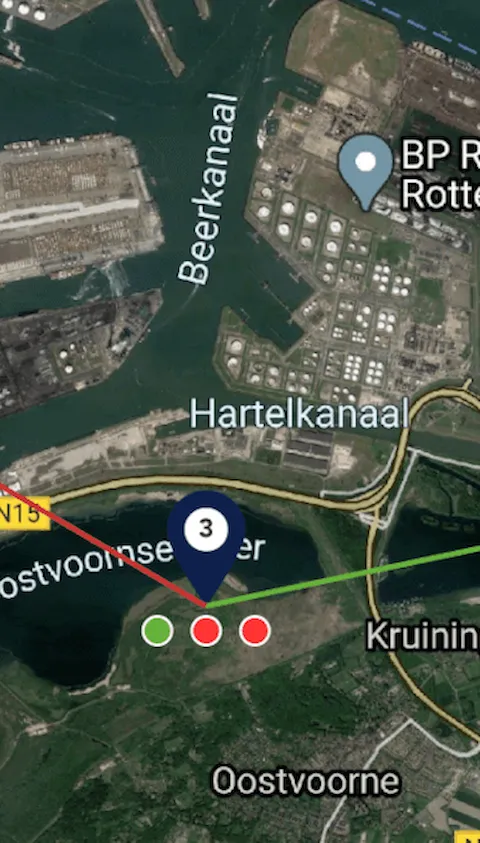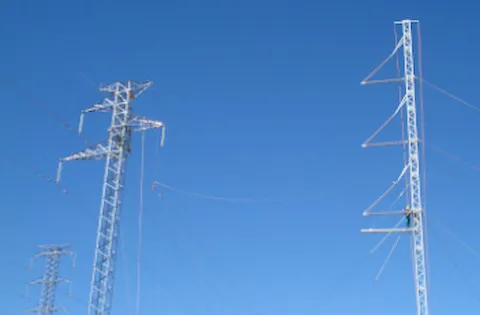

Planning the route of a transmission line is much more complicated than simply putting up some towers between two points. There are many factors to take into account – any of which, if violated, could lead to a collapse of the line or even electrocution of passers-by.
To calculate these factors accurately, highly specialized software programs are used. These programs requires several months of training and take years to master.
KELSoP reproduces the main functionality of these software programs, but strips it down to the bare essentials. It includes everything required to plan and verify an emergency transmission line.
The essentials of operating KELSoP can be mastered within a single day of training. It provides everything necessary to implement your emergency solution. Outputs include:
- route overviews (top view and side views)
- assembly drawings of the towers
- positions of the guy-wires
- installation charts for phase and earth conductors
- mechanical load results on all the towers
| Routing | |
|---|---|
| Software | Example |
SoftwareProvides both plan and side view of the line. Shows immediately any possible violations and updates as the towers are moved/changed.
|
Example |
| Guy Wires | |
| Software | Example |
Software |
ExampleProvides detailed analysis of the guy wire placement for each tower. Guy wires can be moved using the graphic interface, to avoid obstacles in the field. The user will be alerted when those moves violate safety/design parameters. |
| Structure and Insulator Checks | |
| Software | Example |
SoftwareChecks and verifies the utilization on the structures and insulators compared to their design loads.
|
Example |
We are busy developing KELSoP 2.0 which will be released in the first quarter of 2021. The new version comes pre-installed on an iPad Pro, improving the user-interface and portability. It utilizes Google Maps and can be used offline.
Related information

Customer story
Elia: Risk mitigation of critical parts of the grid